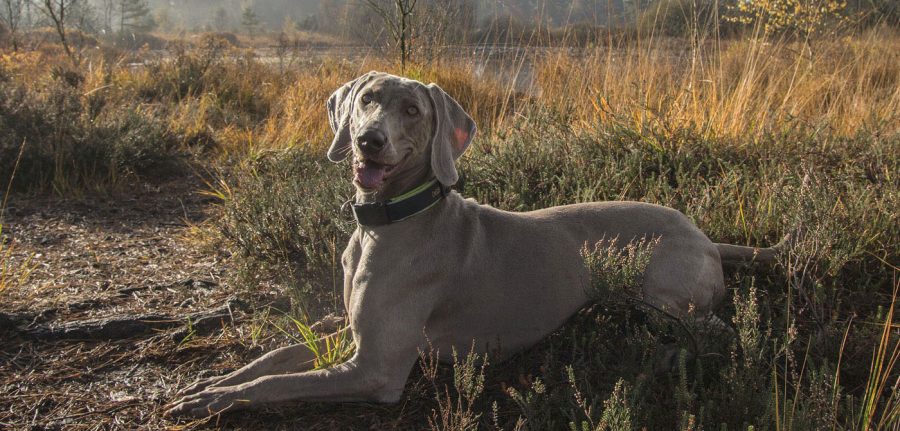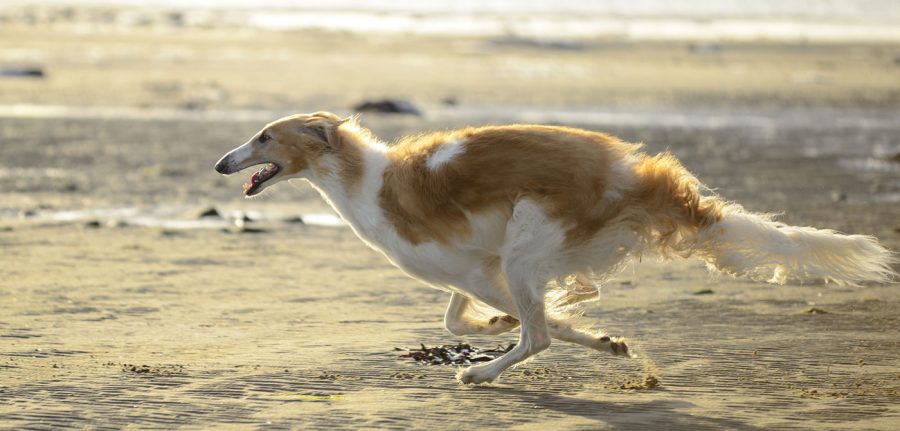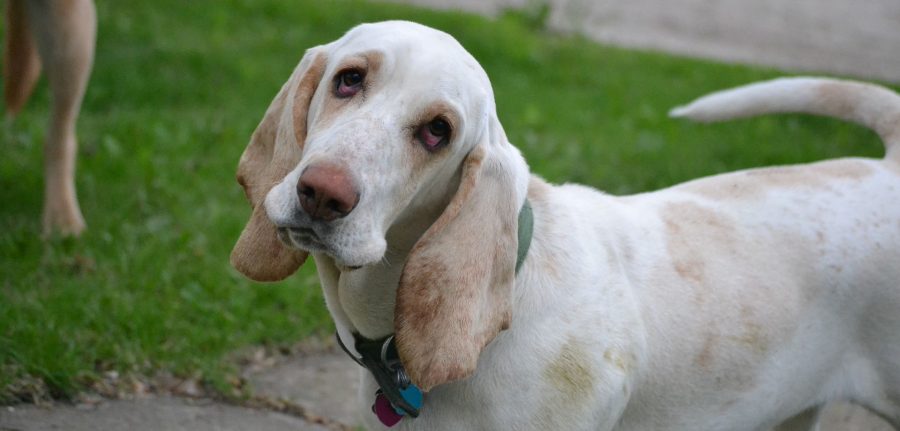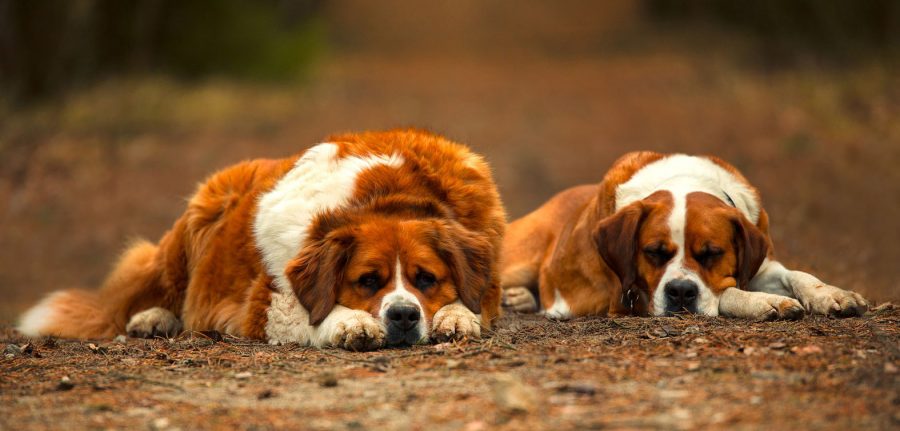The domesticated dog comes in almost too many varieties. Whether small or large, cute or majestic, our dogs have deviated from their common ancestor, the wolf, in ways no one could have foreseen. Another important way that our breeds of dog vary is in their respective temperaments. Centuries’ worth of domestication is more complicated than getting dogs to be our best friends.
Certain breeds, as much as we want their company, have learned to specialize in tasks that are not always in harmony with low-key household companionship. But with patience, tenacity, affection, and maybe even a little assistance from the pros, even the most difficult dog breeds to raise can become well-trained friends, helpers, and members of the family.
Weimaraners

Sleek and grey, the Weimaraner originated in 19th-century Germany, where it was a popular choice for hunting small game. Bred for hunting, Weimaraners are hard-wired to relentlessly pursue their quarry, which presents problems when pet cats, small wild animals, or even inanimate objects enter their crosshairs.
To stay in fighting shape, the Weimaraner requires strenuous exercise, which makes them a mismatch for households where people can’t nurture their cardio needs. And Weimaraners bark—a lot.
Borzoi

The canine pride of the old Russian Empire, the Borzoi’s distinctively long head hosts an expansive mind, albeit an independent one. The Borzoi, bred for hunting as the Weimaraner was, is a fiercely intelligent dog. But just like bright people who make poor students, Borzoi may not choose to display that intelligence on command.
With beautiful coats and a gentle and affectionate disposition around their family members, it’s easy to see why anyone would want to bring a Borzoi into their home. But this is not the average dog, and you may need to find an above-average trainer—like the ones at Cosmic Canine—to teach your Borzoi all the necessary lessons.
Basset Hounds

With their floppy ears and adorably doleful expression—that proverbial “hangdog face”—the Basset Hound is an irresistible choice for first-time dog owners. But there’s more than meets the sad, glassy eye with Basset Hounds.
They don’t take to housebreaking well, and as scent hounds, their noses will often send them on their own little odysseys. They’re also notoriously stubborn and don’t like to learn on someone else’s terms.
Saint Bernards

The popularity of the family movie Beethoven sparked an explosion of interest in Saint Bernards, the gentle giants of the Swiss Alps. While Hollywood was able to furnish the film with a well-trained Saint Bernard, Beethoven himself was an outlier—the Saint Bernard is a challenge if you don’t have the right mix of patience and firm discipline.
Though they’re quick and lifelong learners, you’ll have to build positive habits early, and without aggressive punishment that dissuades them from learning further. But with enough room to roam and enough cool air for an Alpine dog, Saint Bernards are a lovely addition to a family—and not nearly as destructive as their big-screen representative.
While the most difficult dog breeds to raise can be big or small, overeager to work or defiantly independent, these breeds can still bring dedicated dog owners years of enjoyment and companionship.
Don’t let a friendly warning about difficulty dissuade you! Dogs who require a little extra training and guidance are just as rewarding as any. Working to “crack the case” of a challenging dog may even bring you and your dog closer together.




